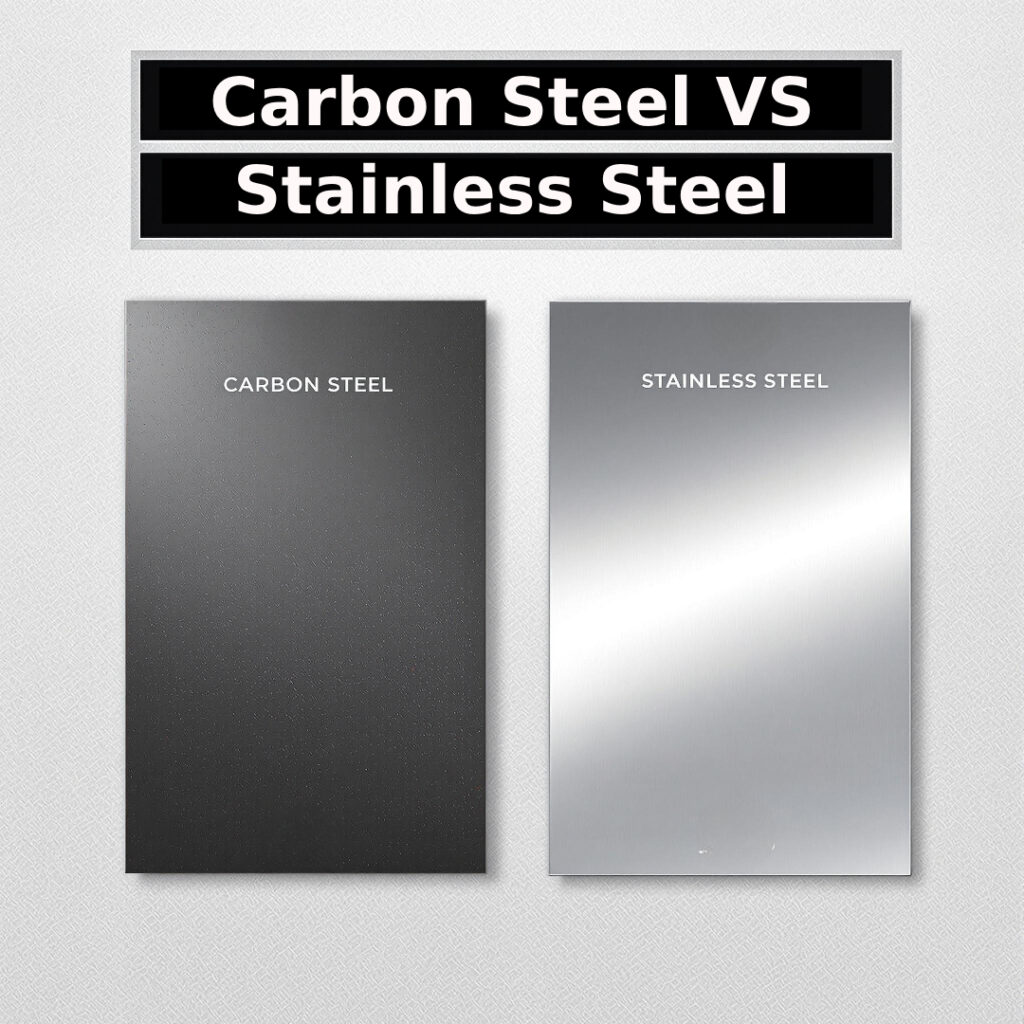❤️🤍💙 Celebrate 4th of July! Enjoy 12% Off Sitewide! Use Coupon Code JULY12 at Checkout 🇺🇸

Just because two things are made of steel doesn’t really mean they are classified as the same type of steel. There are a wide range of classifications of steel, the two most basic being tempered steel and carbon steel. While the two may appear to be identical, there are some key subtleties recognizing one from the other.
Otherwise called inox steel (which means inoxidizable from the French word inoxydable) stainless steel satisfies its namesake by including a high protection from recoloring brought about by erosion. Ordinarily, when iron-based metals like steel are presented to oxygen, they experience a substance change, known as oxidation, that changes their properties. The iron oxidizes while in this way transforming the generally hard iron into a rosy dark colored metal (iron oxide). In the end, the iron oxide will oxidize to the point where it breaks down totally.
Stainless steel is intended to ensure against oxidization. It includes a base chromium substance of 10.5% by mass. This is significant in light of the fact that chromium, in contrast to press, isn’t helpless to oxidation. Chromium can be presented to oxygen without creating rust or erosion, making it a precious component in the formation of stainless steel. Stainless steel includes a defensive layer of chromium that makes a hindrance between ecological oxygen and the metal’s iron substance.]
Carbon steel, then again, is described by a high carbon content, as a rule up to 2.1% of its weight. The American Iron and Steel Institute (ASISI) further characterizes carbon steel by gathering the accompanying criteria:
Things being what they are, what advantages does carbon steel offer? The utilization of a high carbon substance changes the qualities of steel. All the more explicitly, it winds up more grounded and harder. This is the reason numerous swords, blades and other bladed weapons are delivered with high-carbon steel. In medieval Japan, swordsmiths spearheaded an extraordinary sort of high-carbon steel, tamahagane, for use in weapons like the katana.
Carbon steel, be that as it may, does not have the consumption safe properties of its stainless steel partner. In spite of the fact that it’s more grounded and more sturdy than stainless steel, carbon steel may rust and consume when presented to dampness. Indeed, even modest quantities of dampness, incorporating dampness vapor noticeable all around, can cause carbon steel to rust. Besides, carbon steel is less malleable than stainless steel.
We strive to have the best AR-15 Parts and AR15 Upper Receivers at the best price. Everything we use is 100% USA Made. Almost everything we carry is locally sourced and manufacture right here in Idaho. We have and extensive AR15 parts and Accessories as well as all calibers of AR15 uppers such as 5.56/.223, 6.5 Grendel uppers, 9mm uppers, and 300 blackout uppers, and 224 Valkyrie. We also have the larger caliber AR-15 uppers as well. The DPMS style AR 308 uppers and the AR 6.5 Creedmoor uppers. Don’t forget to check out our large supply of BCGs, AR pistol Grips, Gas Tubes, Gas Blocks, muzzle devices, and AR-15 upper and lower parts. We try to have a little of everything for your AR15 here at Veriforce Tactical with the fastest shipping with almost all orders shipped same or next business day.

"*" indicates required fields
© 2025 Veriforce Tactical, All Rights Reserved.